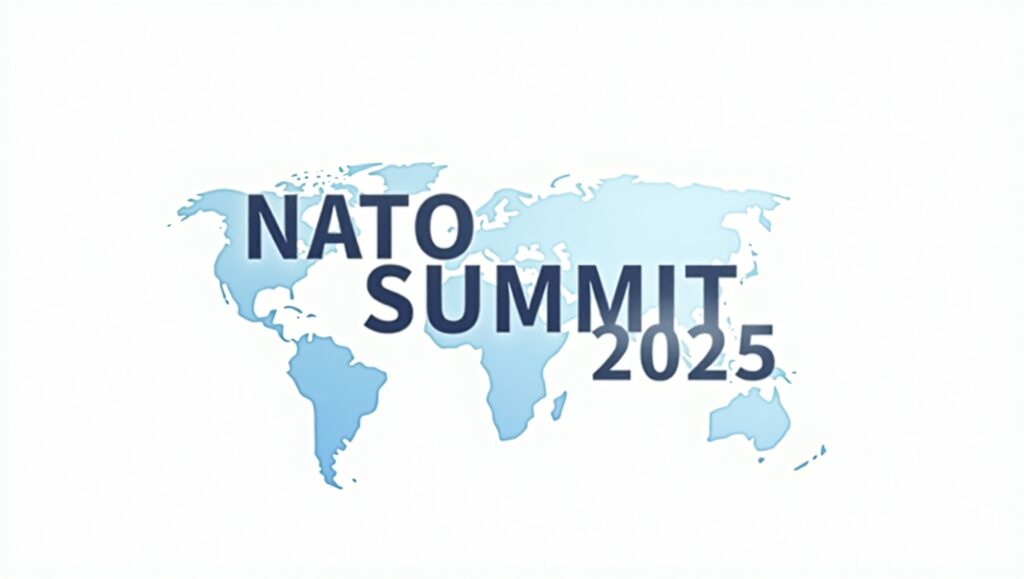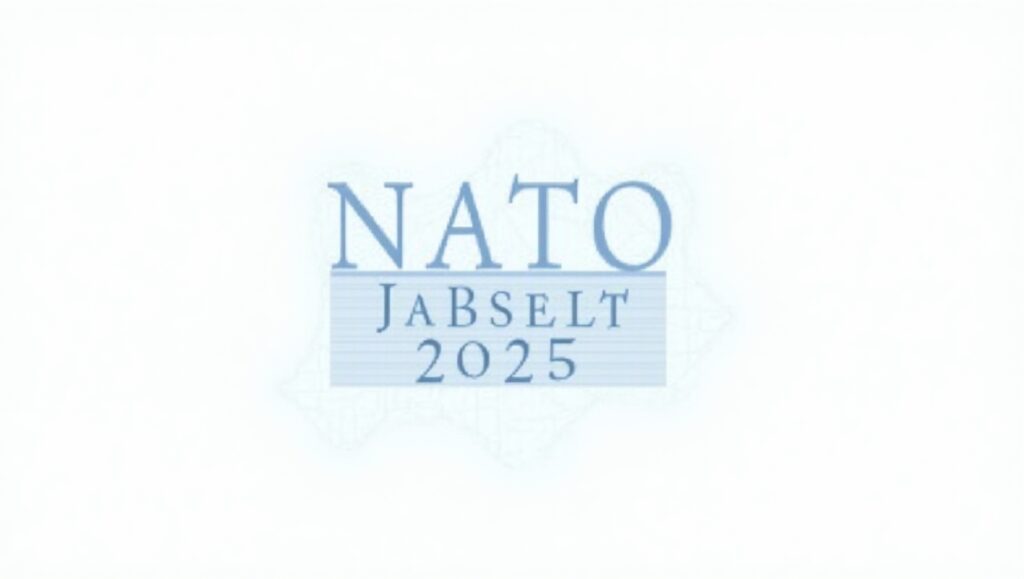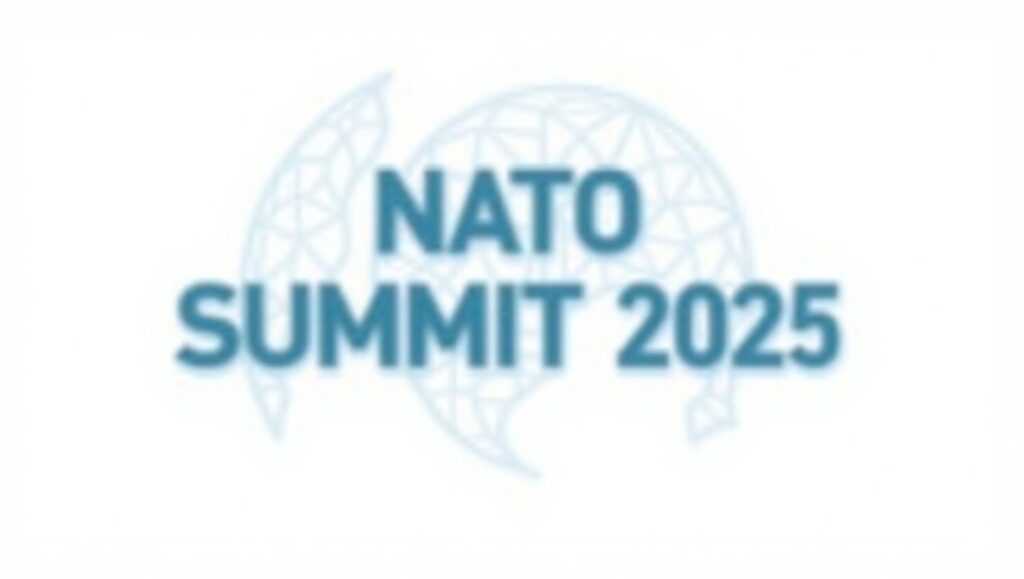The 2025 NATO Summit will be about unity, defence, and the future of global security.
The NATO Summit 2025, which took place in The Hague, Netherlands, was a very important turning point for the North Atlantic Treaty Organisation as it deals with escalating global tensions, defence problems, and changes in technology. NATO reiterated its commitment to collective defence, modern deterrent methods, and democratic ideals in the face of growing instability in the world.

A Historic Meeting at a Key Moment
The 2025 summit brought together leaders from all 32 NATO member states, including Sweden, which joined in 2024. The conference took place as Russia was still attacking Ukraine, tensions with China were rising, and foreign actors were threatening to hack into computers. It also came after the landmark 75th anniversary of NATO, which was commemorated in Washington, D.C.
The conference conveyed a strong message of Western unity and shared purpose by having U.S. President Joe Biden, UK Prime Minister Keir Starmer, French President Emmanuel Macron, and NATO Secretary General Jens Stoltenberg’s successor (who is believed to be Mark Rutte) there.

- Continued Support for Ukraine was one of the main topics of the NATO Summit 2025.
The main point of the 2025 summit was that the alliance would always defend Ukraine’s sovereignty and defence. Member countries promised to keep giving military, economic, and humanitarian aid, and they promised to keep doing so even after the conflict is over. NATO promised a multi-year funding plan that would give billions of dollars in defence support. More countries joined the NATO-Ukraine Council, which made it possible to make decisions faster and coordinate in real time. The training programs for Ukrainian army were lengthened, and more troops got advancepons. Even thgh Ukraine is not yet a full member of NATO, officials said again that NATO is where Ukraintu
The main goal of the summit was to strengthen Article 5, which says that an attack on one person is an attack on all. Member countries announced plans for: More money for defence: More than 23 countries now meet or surpass the 2% GDP defence investment promise. Sending quick-response troops to Eastern Europe, including Poland, Romania, and the Baltic states. More presence in the Arctic as Russian and Chinese ambitions expand. It was important to modernise air defence, missile systems, and naval capacity, especially because of drone warfare and hypersonic threats. - Cybersecurity and New Technologies
NATO created the Cyber Defence Command Initiative at the 2025 summit because cyberattacks are happening more often and are getting more complicated. The new program will: Make sure that all members’ cyber defences work together. Encourage sharing of danger intelligence in real time. Work with tech companies to fight false information and AI-powered attacks. Artificial intelligence, quantum computing, and weapons that work on their own were some of the most important themes. NATO promised to use new technologies in a way that is ethical and keeps them under human control, in line with international law. - Partnerships in the Indo-Pacific and China’s Strategy
The NATO 2025 Summit gave Indo-Pacific partners—Japan, South Korea, Australia, and New Zealand—more chances to talk. This was the third year in a row that they came to the summit. Leaders talked on how China is becoming more aggressive, like how it is building up its military in the South China Sea and running campaigns to spread its technology. NATO doesn’t want to fight, but the alliance agreed on a “Resilience Pact” to stop economic pressure and false information, especially when they attack important infrastructure and supply lines. - Climate Security and New Ideas for Defence
NATO created the Green Defence Initiative because it saw climate change as a danger multiplier. This is what it aims to do: Lower emissions from the military. Encourage electric transit systems and bases that use less energy. Make it easier for the military to adjust to adverse weather conditions. The NATO Innovation Fund, which was started in previous years with a €1 billion investment, was also expanded to help defence firms in Europe and North America. Addressing Internal Problems
The summit didn’t shy away from internal problems like divisions over how to share the load, political polarisation in some member nations, and different ideas about how to expand. But there was a strong message of solidarity. NATO leaders stressed the need for democratic resilience by condemning foreign meddling in elections and reiterating the alliance’s commitment to the rule of law and democratic governance. What’s next?
The NATO Summit 2025 ended with the alliance being more united and focused on the future than ever. NATO is changing to deal with 21st-century threats while still keeping its core mission: to protect the freedom and security of its members. This includes improved deterrence in Europe and strategic outreach in the Indo-Pacific. Canada will host the next summit in 2026, where the alliance will go over its Strategic Concept and perhaps rethink its invitations to Ukraine and other partner countries.

Last Thoughts
The NATO Summit 2025 showed how important and flexible the alliance is in a world that is becoming more unstable. NATO is no longer merely a military alliance. It is also a worldwide coalition for peace, progress, and shared values. This is because of emerging challenges like cyber warfare and climate change. The meeting sent a clear message: NATO is here to stay, and it is stronger and more united than ever. NATO Summit 2025, NATO support for Ukraine, NATO cyber defence, NATO climate strategy, NATO collective defence, NATO emerging technologies, NATO China policy, NATO Hague Summit, NATO strategic concept, and NATO future plans are all important SEO keywords.



